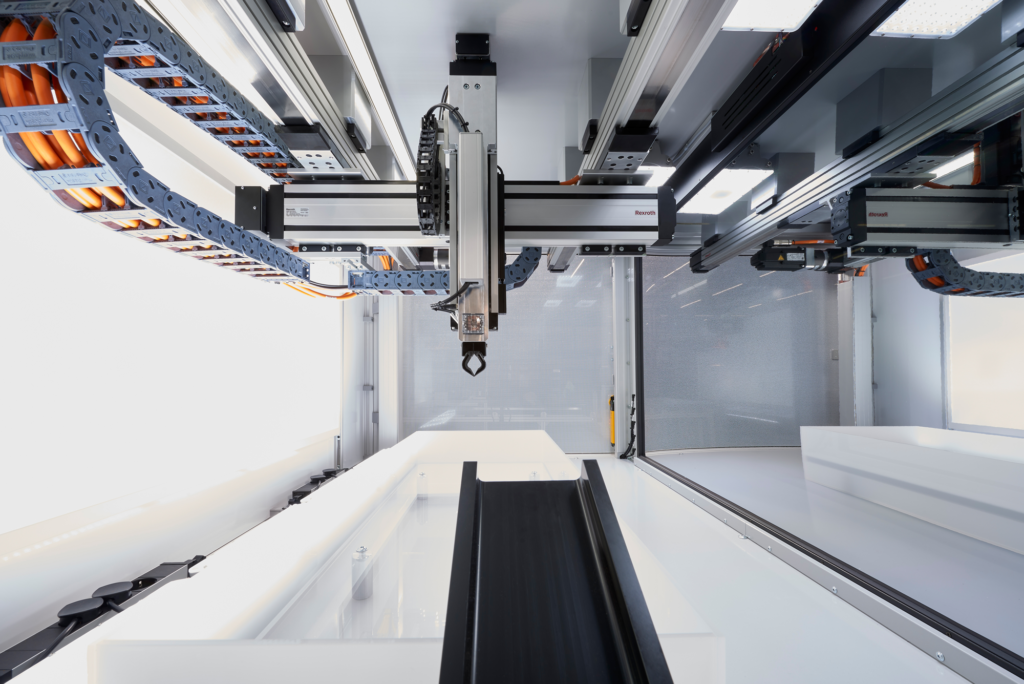Where Are Linear Actuators Used?
The concept of a linear actuator is a simple one. A linear actuator develops motion in a straight line. This automation technology allows for a great deal of reliability, speed, and efficiency. Linear actuators can come in electric, hydraulic, and pneumatic varieties, although electric adaptations are becoming increasingly common.
The reason behind this shift is because electric linear actuators provide flexible mountings, energy efficiency, high levels of control, and great cost efficiency. However, pneumatic actuators provide a great deal of safety in hazardous environments. Each actuator is not without their benefits, and identifying the right one is important.
Beyond knowing the benefits of actuators at large, it is helpful to know in what applications linear actuators can be useful in. This blog post is dedicated to discussing the different applications and industries where a linear actuator can be found.
The Industries and Applications That Commonly Use Linear Actuation
Manufacturing
Linear motion has revolutionized manufacturing production by making applications by far more efficient. In lowering cost while increasing production capacity through linear motion, manufacturing facilities have saved money while improving product quality.
This is such the case for material handling applications. With the ability to stop part-way through motion, electric linear actuation has provided more flexibility and safety for various material handling applications. Compatibility with sensors and other automation technology has allowed linear actuators to perform repetitive tasks such as pick and place, as well as, packaging.
Robotics
Robotic technology in part owes its origination to linear actuation. Actuation creates motion in wheels, clamps, and the appendages of the robot itself. Part of the reason behind this actuation choice is due to the dependability and controlled movements that linear motion provides.
Without linear motion, the effectiveness of robotic technology wouldn’t be realized. The applications robotic technology provides with the help of linear motion is nearly endless, but here are just a few:
- Pick and Place
- Injection Molding
- Packaging & Palletizing
- Quality Inspection
- Assembly
- Polishing
- Machine Tending
- Screw Driving
- Lab Analysis & Testing
- Gluing, Dispensing, and Welding

Food & Beverage
It isn’t an unknown fact that today’s food and beverage production lines must provide a high output. This means creating efficient systems that lower cost while increasing production capacity. From food production to beverage packaging, all industrial systems must be aligned and flexible to meet demand. Linear actuation is a large piece of that puzzle.
From station cleaning to conveyors, linear actuation can create motion for food and beverage applications. Rod-style linear actuators, for example, are widely used for washdown applications. During food processing applications, it is important to maintain a clean and safe environment so as not to contaminate the product. Electric linear actuators are especially up for this task due to their low risk of contamination. Yet, another example of linear actuation within the food and beverage industry includes their use in blast chillers and meat separators.
Windows & Doors
Window and door production is a difficult job—anyone who has worked in such a facility knows that products can be heavy and cumbersome to move. Linear actuation can provide aid in manufacturing applications that provide ergonomic strain to employees. In these facilities, linear actuators provide much of the same automation support that they would in other material handling applications. However, linear actuators help in other processes beyond manufacturing applications. These actuators also provide motion in mechanisms found within windows and doors that allow them to open.
Automotive
Electric linear actuators are flexible actuators and are ideal for many automotive applications. As such, these actuators have become a mainstay within the industry. Within the automotive industry, linear actuators are used in various systems within cars to open doors, trunks, roofs, and more. Linear actuators are generally used for any automotive applications requiring parts to be lifted or shifted.
Agriculture
Farmers have pressure to produce as many products as possible while also having time constraints due to seasonal changes. As such, automation like that produced through linear motion helps those in the agricultural industry to work smarter.
Many farmers would be surprised to know that their sprayers and other equipment utilize linear actuators. Throughout the entire farming process, from cleaning to harvesting, linear actuators are placed in systems to provide motion and increase production efficiency.
Energy
With the topic of energy on the top of everyone’s minds, linear actuation is paving the way for alternative energy sources. Both hydraulic actuators and electric actuators can be used within solar panels to move with the sun, therefore capturing the most sunlight possible. Linear actuators are also used to turn the blades of turbines to harness energy from wind.
With their ability to withstand extreme climates, pneumatic actuators are adept at functioning in environments that solar panels and turbines are often found in.
Contact Us for Your Linear Actuator Needs
Identifying the right linear actuator for your application can be difficult. Whether you need an electric, hydraulic, or pneumatic actuator, finding the right fit and specs will be an important task for increasing efficiency within your system. If you require help finding the right linear actuator for your application, contact our automation specialists by phone or email. They can help you select the right technology for your needs.
